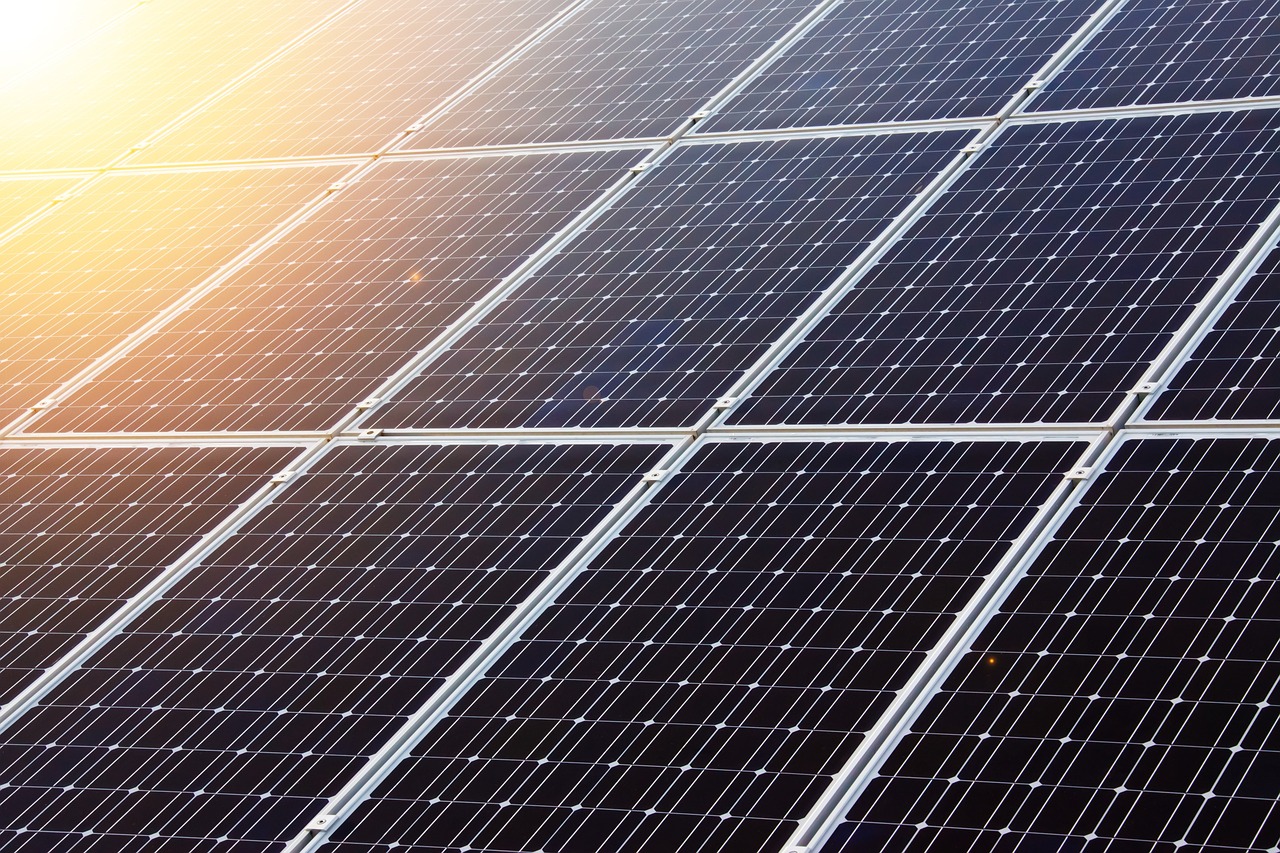Improving high-temperature stability of perovskite solar cells

Perovskite solar cells (PSCs) have attracted significant attention due to their impressive power-conversion efficiencies and cost-effective solution processing. However, the challenge of maintaining stability at high temperatures has hindered their widespread adoption. The points of contact between different layers of PSCs, known as "interfaces," are particularly vulnerable to degradation, resulting in energy loss and reduced performance.
In an innovative study published in Science, a team of researchers led by Michael Grätzel at EPFL, Edward Sargent at the University of Toronto, and Kenneth Graham at the University of Kentucky, have discovered a solution to minimize PSC degradation at high temperatures. They explored the application of fluorinated aniliniums, a class of compounds commonly used in pharmaceuticals, agrochemicals, and materials science.
The researchers integrated fluorinated aniliniums into the "interfacial passivation" step of PSC fabrication. Interfacial passivation is a technique utilized to improve the stability and performance of interfaces between different layers or materials, reducing defects, charge recombination, and enhancing overall efficiency and stability.
By incorporating fluorinated aniliniums, the stability of PSCs was significantly enhanced as the progressive ligand intercalation was effectively prevented. This means that the continuous penetration of ligand molecules between the layers or structures of the perovskite material, which damages the integrity of the crystals and leads to degradation and decreased performance of PSCs, was successfully avoided.
Remarkably, through this approach, the scientists achieved a certified quasi-steady-state power-conversion efficiency of 24.09% for inverted-structure PSCs. Additionally, when they subjected an encapsulated PSC, which is a device within a protective enclosure, to a temperature of 85°C, 50% relative humidity, and 1-sun illumination, the device performed at its maximum power generation for an impressive 1560 hours (~65 days) while maintaining its functionality and efficiency.
This study represents a significant breakthrough in improving the stability of PSCs and offers a potential solution for enhancing their performance, durability, and reliability in high-temperature environments. These findings bring us one step closer to the large-scale deployment of this promising photovoltaic technology, supporting the advancement of solar energy as a sustainable and efficient power source.
News
- 2023-07-20 Germany behind schedule on wind energy rollout: study
- 2023-07-20 Researchers propose a circular economy for rare-earth elements
- 2023-07-20 Researchers propose a circular economy for rare-earth elements
- 2023-07-20 Charging cars at home at night is not the way to go, study finds
- 2023-07-20 Charging cars at home at night is not the way to go, study finds